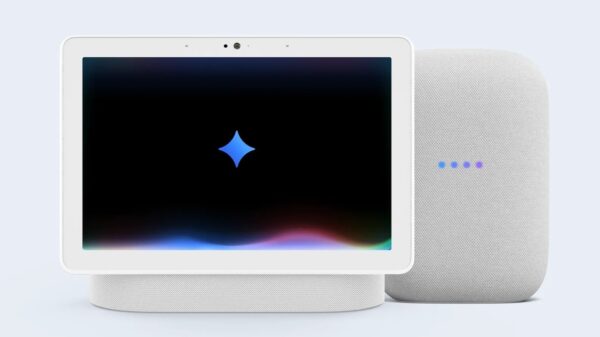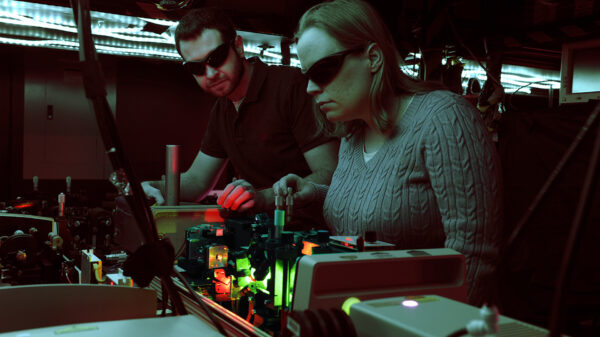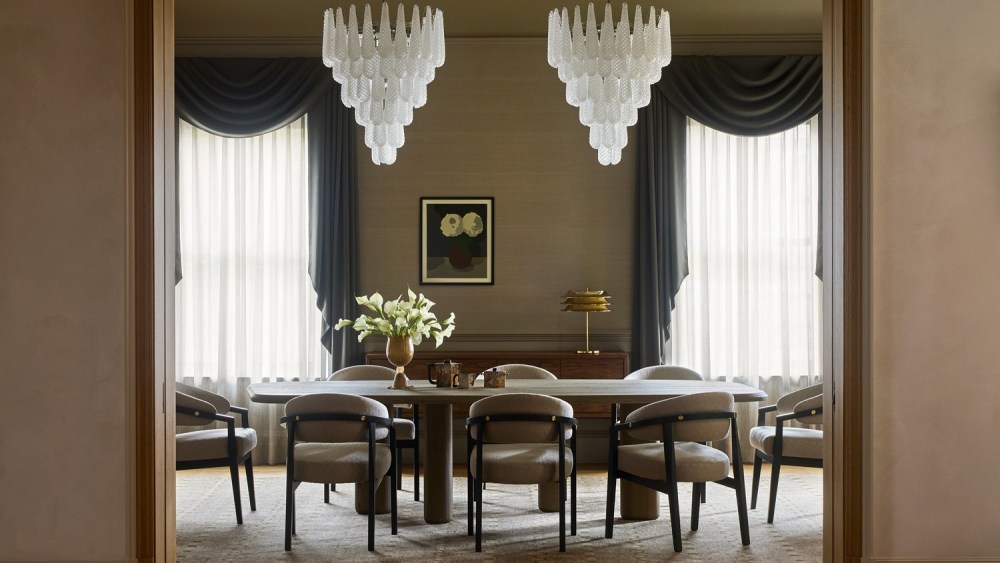Artificial intelligence (AI) is making significant inroads into the field of interior design, as evidenced by a recent report from Surveys & Forecasts, commissioned by the online design marketplace 1stDibs. According to the report, the adoption of AI tools by interior designers surged dramatically in 2025, with usage tripling to 29 percent from just 9 percent in 2023. This increase underscores the growing reliance on AI to enhance efficiency and creativity in design practices.
Looking ahead, the trend shows no signs of abating, as an additional 20 percent of designers have indicated their intention to incorporate AI tools into their workflows in the near future. This forward momentum highlights a blossoming synergy between technology and creativity within the industry.
Contrasting Inspirations in Design
Interestingly, the survey results reveal a compelling contrast in designers’ approaches: while they are increasingly leveraging AI for efficiency, there is also a notable resurgence of interest in vintage and antique furniture for inspiration and quality craftsmanship. Anthony Barzilay Freund, the editorial director at 1stDibs, remarked, “Designers are embracing the future by beginning to adopt AI tools for efficiency, while also looking back to vintage and antique furniture for inspiration and quality craftsmanship.”
The report identified key areas of AI application within design practices, specifically in renderings and presentations. However, not all design professionals are on board with this technological shift; 24 percent expressed strong opposition to the use of AI in their work, reflecting ongoing debates about AI’s role in creative industries.
See also Yann LeCun Exits Meta to Launch AI Startup Amid Shift to Product-Driven Development
Yann LeCun Exits Meta to Launch AI Startup Amid Shift to Product-Driven DevelopmentEmerging AI Tools and Platforms
The competition for advanced AI tools tailored for interior design is heating up. In October 2025, Havenly Brands, a Denver-based interior design platform founded in 2014, announced the unveiling of Havenly AI. This AI-powered design assistant aims to deliver “genuine design expertise” through its chat-based interface in the Havenly iOS app, which generates hyper-personalized and instantly shoppable designs.
While many professionals are experimenting with general AI tools like ChatGPT, Gemini, and Claude, challenges remain. Industry leaders argue that these platforms, although capable of producing images, often lack an understanding of spatial dynamics, stylistic nuances, and the intricacies of human living environments.
In 2024, the market saw further innovation with the launch of Palazzo, an AI-powered interior design platform co-founded by tennis champion Venus Williams, and tech entrepreneurs Raffi Holzer and Edward Lando. This platform focuses on instant room transformations and providing visual tools. Additionally, Presti, a Paris-based startup, developed a tool that integrates real product imagery into AI-generated room designs.
Trends and Economic Implications
As for style, the 2026 Interior Design Trends report by 1stDibs highlights eclecticism and maximalism as leading design trends. Chocolate brown has emerged as a favored color choice, and there is a growing interest in collectibles from the 1920s to 1950s, alongside a resurgence of pre-1920s antiques. Conversely, interest in 1970s design elements appears to be waning.
On a macroeconomic level, the impact of tariffs introduced in 2025 is noteworthy, with approximately 92 percent of designers reporting that these tariffs have affected their business operations. This factor adds another layer of complexity to the evolving landscape of interior design in the context of AI and technology.
In conclusion, as AI tools proliferate in the interior design industry, the dual focus on technological efficiency and a return to classic inspirations presents a fascinating dynamic. While the debate over AI’s role continues, the industry’s trajectory indicates a robust future where technology and artistic tradition coexist, shaping new possibilities for designers worldwide.








































































